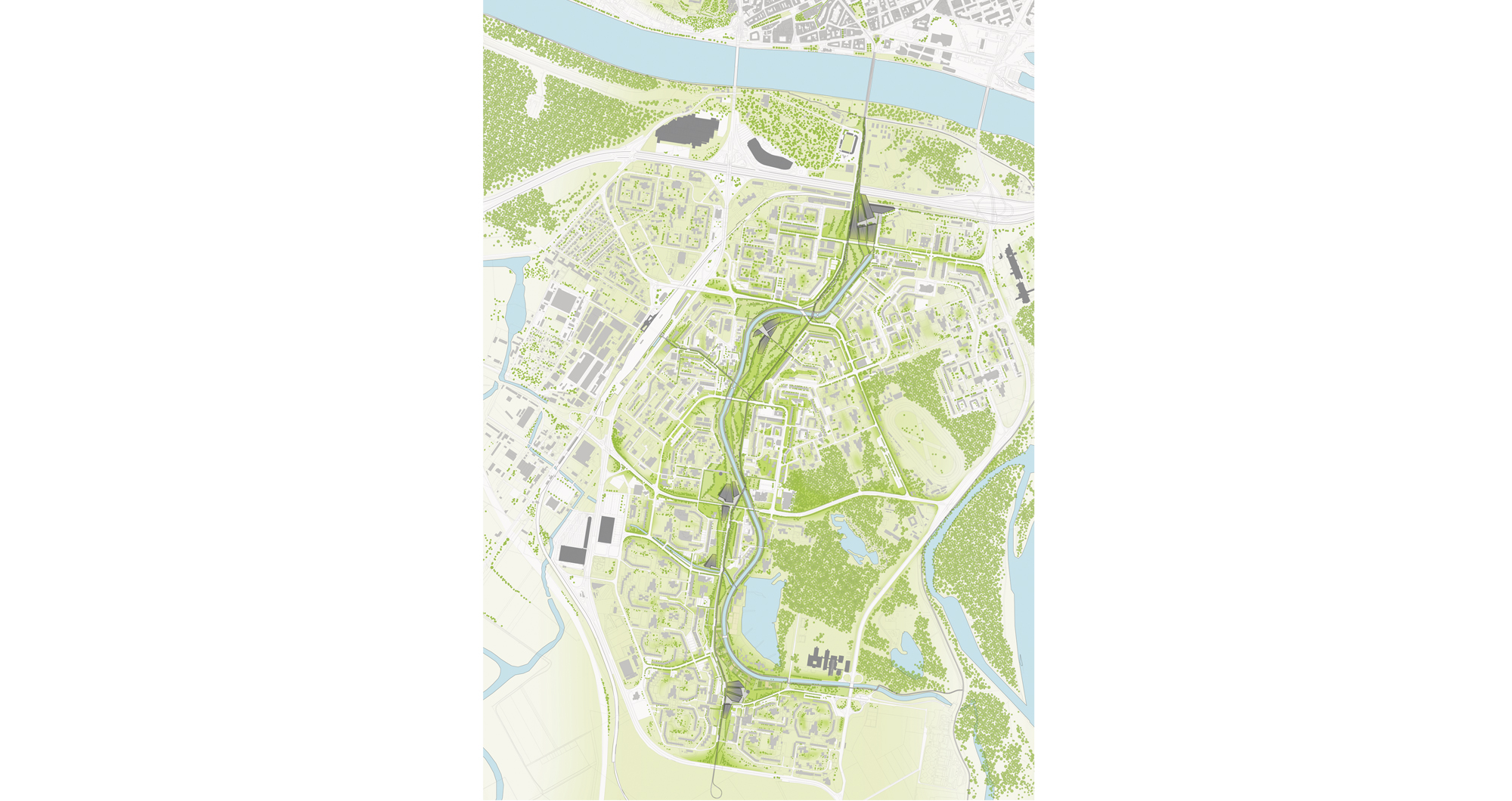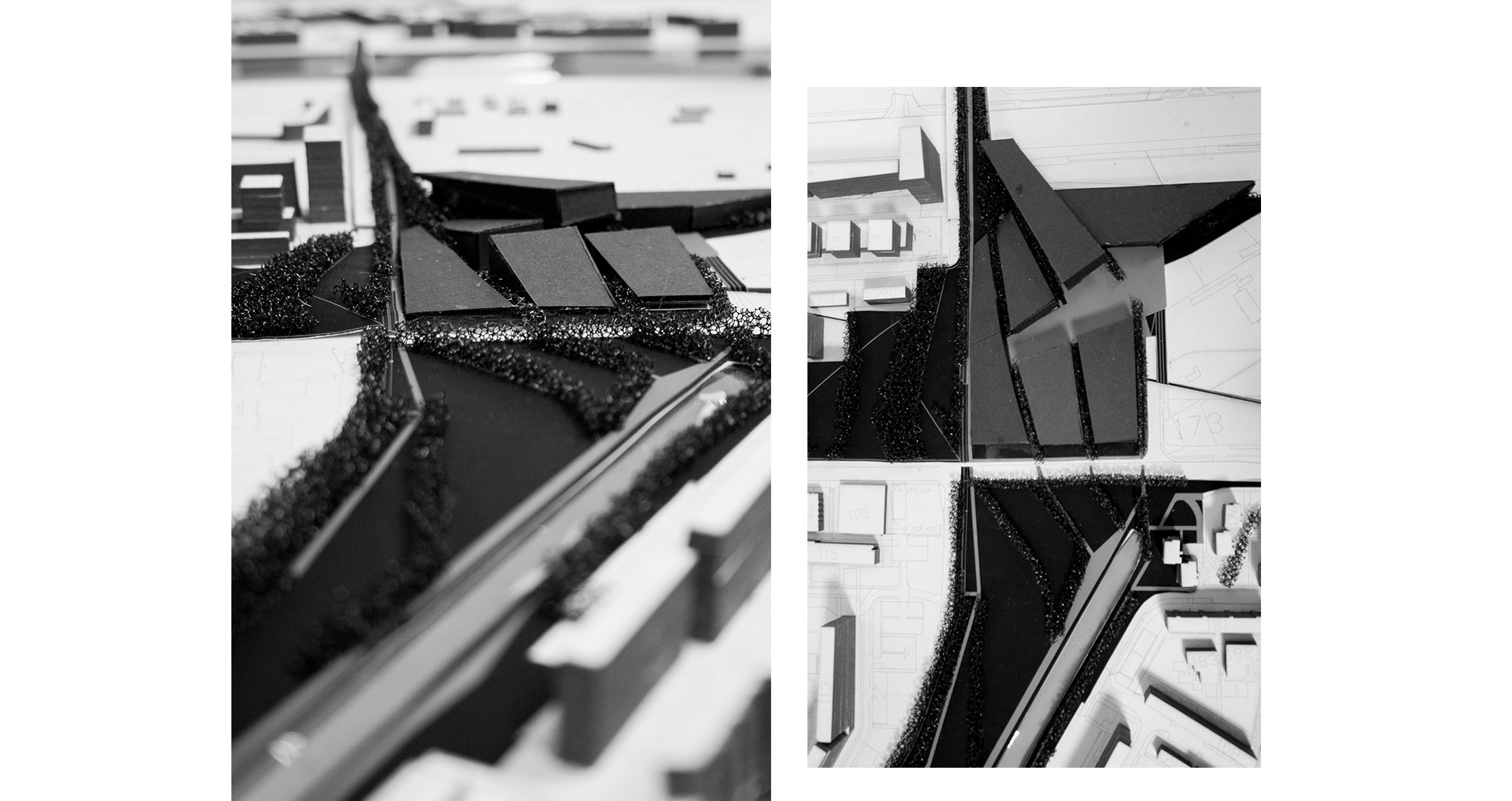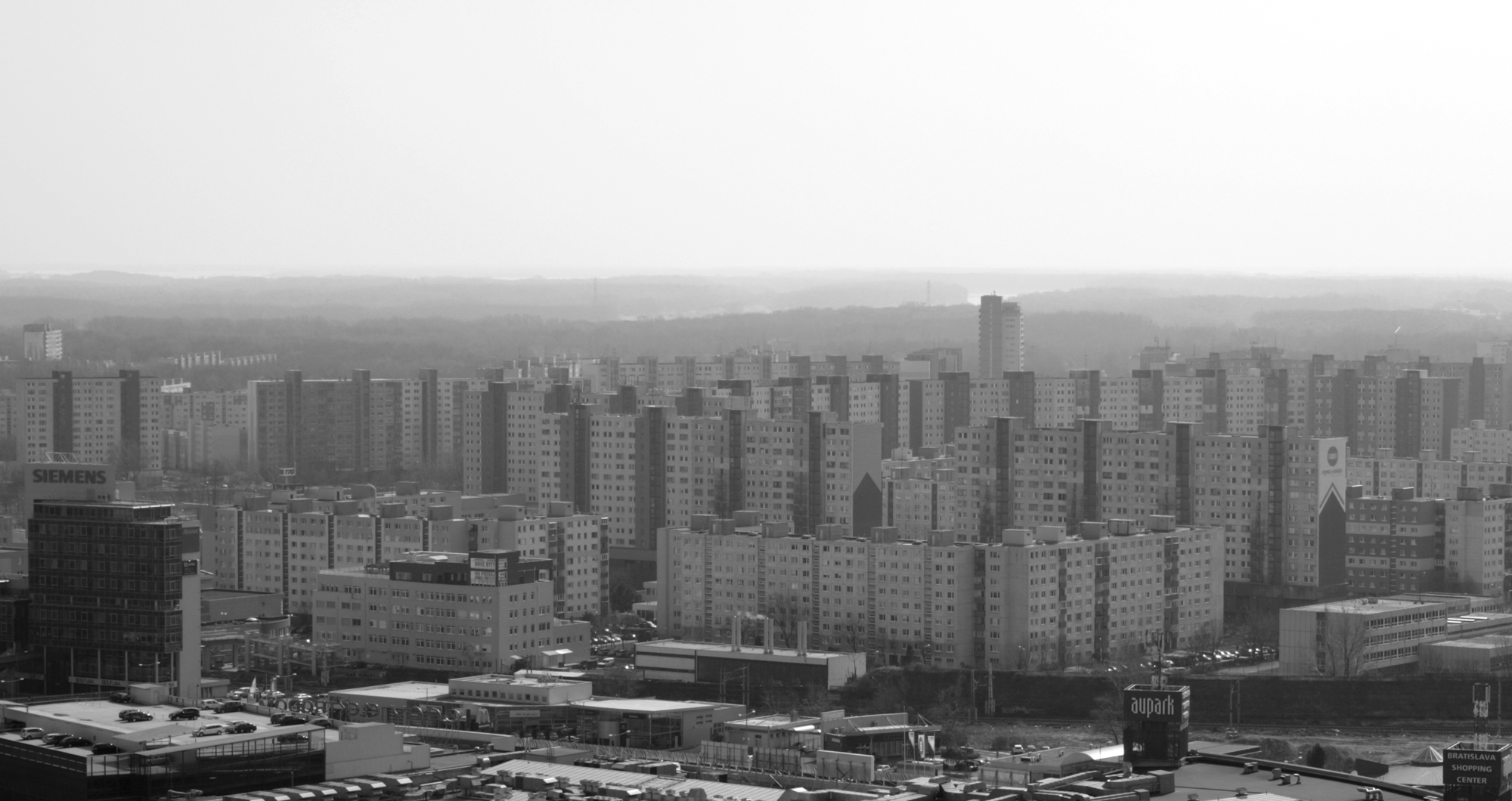People meet in Petržalka. “The requalification of a public space in a post-socialist neighborhood”.
What will be the future of Petržalka? Today this issue represents a debate still open.
The construction of Petržalka in the 70s, under the socialist regimen, completely cancelled a part of Bratislava’s history, imposing a completely different urban character; Petržalka therefore still stands as a strong symbol for both the city and the citizens. After 40 years of urban changes, transformations and despite the new millennium advent, it is straightforward how the utopist urban experiment of those years miserably failed in that district, as well as in many other European ones.
Today the area is obsolete, connected to the rest of the city only through highways and full of massive and out of scale buildings, without reference points or public spaces able to offer a qualified living. Beyond the serious technological problems and weaknesses shown by the buildings, the area misses a lot of services for the inhabitants, as well as aggregation spaces; existing green areas are indeed designed only in the buildings’ courtyards and not at the district scale. Up to now, the planning about Petržalka has always involved design strategies willing to “fill up” the unplanned voids resulting from the concepts of the 70s, according to the idea of adding new buildings and new functions in a big scale. The research work for the urban requalification of Petržalka focuses on the human scale, based on the value of the existing landscape and on the recovery of the district identity. Opposite to the plans and think of developers, Petržalka’s historical identity and future lies in its green heritage, in its park, in its wood, so beloved by its inhabitants and so full of potential for the whole city of Bratislava. In relation to that, add functions to the area aims at proposing a silent but relevant intervention, by creating a hierarchy of scale between the district and the city, at the same time channeling flows into the area and marking Petržalka’s watercourse through a sequence of small and big polarities.
The research does not offer an absolute solution, but rather provides a point of view, a new approach to a still open debate, as it stems from the idea that the quality arises around the people and can be generated by a scale reduction which could foster a new urban identity.


















